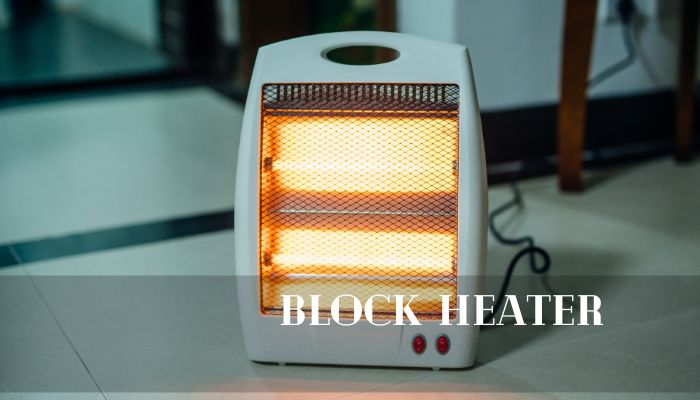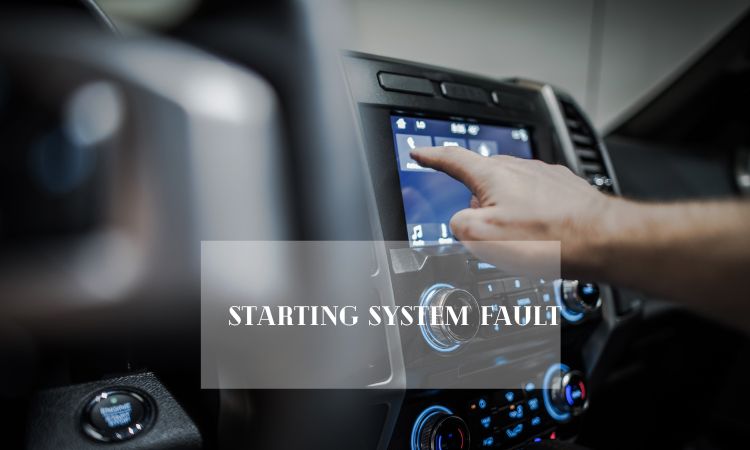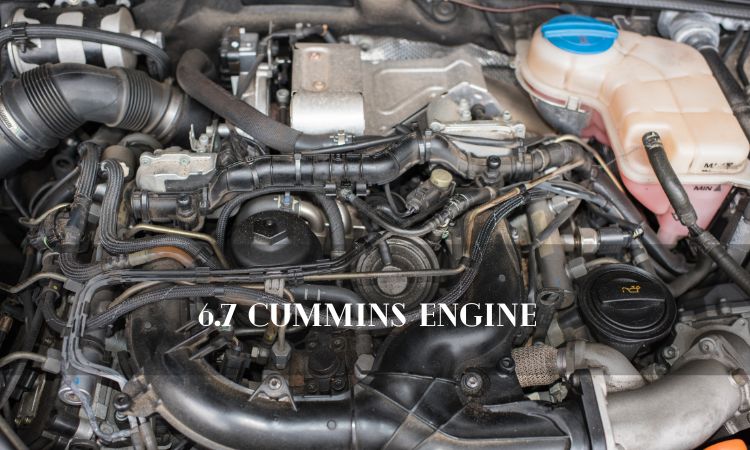Making the Right Choice: Powder vs. Liquid Painting
When it comes to painting, choosing between powder and liquid paint can be quite challenging. This decision often depends on various factors like the type of surface being painted, cost, environmental impact, application process, durability and quality of finish. Both options have their own set of advantages and disadvantages that make them suitable for different applications. In this article, we will delve into the differences between powder and liquid painting to help you make an informed choice for your next project.
Advantages of liquid painting over powder coating
Liquid painting has several advantages over powder coating. Firstly, liquid paints offer a wider range of color options as compared to powder coatings; this is because they come in different bases like solvent-based or water-based and can be easily mixed to create custom colors. Additionally, liquid coatings provide better adhesion to metal surfaces than powder painted surfaces hence ensuring that the paint lasts longer without chipping off. Liquid paints are also more effective at creating smooth finishes, particularly on curved or complex surfaces.
Another advantage of liquid painting is that it allows for easy touch-ups and repairs as opposed to powder coating which requires complete removal before re-painting. This is particularly important for items that undergo regular wear and tear such as machinery parts or automotive components. Furthermore, liquid coatings can be applied manually making them suitable for small batches while high-volume production might require automated processes with spray guns.
In conclusion, both powder coating and liquid painting have pros and cons depending on the application process intended by the user; however, if color preference and flexibility of use are essential factors in your decision-making process then opting for a professional who offers top-quality services in liquid painting might be your best bet!
Powder coating vs. liquid painting: which is more cost-effective?
When it comes to cost-effectiveness, powder coating generally tends to be more affordable than liquid painting. The initial costs of setting up a powder coating system can be higher than those for liquid paint equipment, but the long-term savings outweigh this expense. Powder coatings have a higher transfer efficiency rate and generate almost no overspray which results in minimal wastage of product. Additionally, because they are cured with heat rather than solvents or other chemicals, there are far fewer VOC emissions; making them an environmentally friendly option.
In contrast, liquid paints tend to require multiple coats depending on the desired finish and may result in additional labor costs for surface preparation before application can begin. Moreover, excess material that is not adequately captured by air filters or vacuum systems usually ends up as hazardous waste requiring proper disposal; which could lead to additional expenses during cleanup procedures.
Overall, while both options offer excellent finishing solutions based on your requirements certain factors – durability needs environmental considerations- should be taken into account too alongside their respective advantages and disadvantages when deciding what choice makes sense financially.Attaining top-quality finishes takes some significant deliberation between these two modalities in order to determine the most efficient solution for your project specifications at hand.
Liquid painting for large objects: benefits and drawbacks
Liquid painting can be a great option for large objects that have complex shapes and intricate features. One of the main benefits of liquid paint is that it offers a much wider range of color options than powder coating, as well as various finishes such as glossy, matte or metallic. Additionally, liquid paints are more flexible than powders, which means they can better adapt to bends and curves on surfaces without cracking or peeling over time.
However, there are some drawbacks associated with liquid painting as well. For one thing, the application process can be more challenging since it has to be done by skilled professionals who know how to achieve an even coat across a large surface area. This also makes labor costs typically higher compared to powder coating. Furthermore, liquid paints contain solvents that release volatile organic compounds (VOCs) into the air during application and drying stages which creates some potential environmental hazards if proper ventilation is not provided in the workspace; this makes them less eco-friendly when compared to powdered coatings that use mostly dry products with low VOC emissions
Why powder coating is better than liquid painting for outdoor applications
When it comes to outdoor applications, powder coating is generally considered to be the superior choice over liquid painting. This is because powder coating provides a tougher and more durable finish that can better withstand harsh weather conditions like rain, wind, sun exposure and extreme temperatures. Powder coatings are also resistant to chipping, scratching and fading which makes them particularly well-suited for use on metal surfaces like fences, railings or outdoor furniture. Additionally, powder coatings contain no solvents or VOCs (volatile organic compounds) which means they have minimal impact on the environment.
On the other hand, liquid paint may not bond as strongly with metal surfaces as compared to powder coating. Furthermore, liquid painting often requires multiple coats in order to achieve an even finish which can make it more expensive than using a single coat of powder coating. Apart from these reasons, another key advantage of using powders over liquids is that they produce less waste material during application – this means no drips or spills that could cause harm to your skin or damage surrounding surfaces.
Overall therefore there are numerous benefits associated with choosing a quality powder product such as durability and environmental sustainability when compared against traditional solvent-based paints applied through wet methods including brush spraying etc.. By taking into account all these factors before making your final choice between powdered vs liquid paint options you will ensure successful results for any exterior worksite project!
Comparing durability of powder coating and liquid painting
When comparing the durability of powder coating and liquid painting, it’s important to note that both options can result in a durable finish. However, there are some key differences to consider. Powder coating typically provides a thicker and more resistant layer than liquid painting, making it an excellent choice for surfaces that will be exposed to harsh environments or heavy use. This is because powder coating is applied electrostatically and then cured under heat, resulting in a tough and uniform film.
On the other hand, while liquid paint may not provide as thick of a layer as powder coating, it can still offer good durability if applied correctly. One advantage of liquid painting is its ability to conform to complex shapes and contours better than powder coating which often requires masking parts that shouldn’t be painted – this means they might have gaps were corrosion could occur over time. Liquid paint also has greater flexibility compared with powder coatings so where there might be movement due thermal expansion/contraction (eg catalytic converters), they may perform better from interference-associated issues like cracking or peeling.
In conclusion, when choosing between powder coating and liquid painting for your project, make sure you carefully evaluate the surface being painted along with factors like cost structure and environmental impact in addition durability expectation especially protection against rust & weather exposure requirements etc.You should also consult with professionals experienced working extensively on projects offering both types of applications for their insights into which method will work best for your specific circumstances
Liquid painting vs. powder coating: environmental impact
When it comes to environmental impact, powder coating is often considered the more eco-friendly option compared to liquid painting. Powder coatings emit very low levels of volatile organic compounds (VOCs) during their application and require less energy for curing. VOCs are harmful pollutants that can lead to air pollution and have detrimental effects on human health.
In addition, powder coating produces less waste compared to liquid painting because any overspray from the process can be collected and reused instead of being disposed of as hazardous waste. However, it should be noted that both methods have some environmental drawbacks as they both utilize chemicals in their production and application process.
Overall, if environmental impact is a major concern for your project, choosing powder coating may be a better option due to its reduced emissions and waste generation.
Powder coating vs. liquid painting: which is more suitable for intricate designs?
Powder coating and liquid painting are two common methods of finishing products. Powder coating involves applying a dry powder to the surface, which is then cured under heat. Liquid paint, on the other hand, is applied using a wet process that requires solvents to evaporate before it can cure into a durable finish. While both options can produce impressive results, choosing between them can be difficult when you have intricate designs.
When considering intricate designs for your project, powder coating may be more suitable than liquid painting. With powder coating, there’s no chance of runs or drips as with liquid coatings but instead produces an even coat across any complex shape or angular part due to its electrostatic charge that draws material evenly across all sides ensuring thin layering without gaps in coverage. Additionally, because the powder is applied at high pressure through special equipment operated by trained professionals ensures better control resulting in less wasted product and greater accuracy making this method ideal for both small and large-scale projects compared ahead of traditional spray gun motors for liquid paints also saving time and money.
Overall if looking for lasting finishes on parts with lots of angles or design lines we suggest investing in quality Powder Coating services over using alternative Wet Paint applications where mistakes happen much easier during application stages ultimately leading towards a missed deadline or damaged workpiece appearance costing more time and resources fixing any issues later down the line -something every professional shop knows about all too well!
Liquid painting for furniture: pros and cons
When it comes to liquid painting for furniture, there are numerous pros and cons that must be considered. One of the main advantages is the wide range of colors and finishing options, as well as the ability to create soft, organic appearances that can’t always be achieved with powder coatings. Additionally, liquid paints offer a greater degree of flexibility since various finishes such as matte or gloss can be easily applied.
On the other hand, one important disadvantage is that liquid painting requires significant preparation time and effort. This includes applying multiple coats in order to achieve the desired thickness level along with additional drying times. Furthermore, this process often involves high levels of volatile organic compounds (VOCs) which can result in environmental concerns if not handled properly. Ultimately these pros and cons must be weighed carefully before deciding whether to opt for liquid painting over powder coating when creating your next furniture masterpiece.
Powder coating vs. liquid painting: ease of maintenance
One of the advantages of powder coating over liquid painting is that it requires less maintenance. Powder coatings are more durable than liquid paints and can resist chipping, scratching, fading or peeling. This means that surfaces painted with powder coating will maintain their appearance for a longer time compared to those painted with liquid paint. Additionally, powder coated surfaces only need occasional cleaning with soap and water to remove dirt and grime.
On the other hand, liquid paintings require regular maintenance because they tend to develop cracks, bubbles or flake off over time due to exposure to weather elements or chemical damage. Liquid paints are also susceptible to scratches and chips which can compromise the finish’s integrity. Regular touch-ups may be necessary on areas where chipping has occurred in order to prolong longevity of the surface’s coat.
Overall when considering ease of maintenance between powder coating vs liquid painting, there is no doubt that selecting a surface that has been coated by electrostatically charged dry powdered particles (powder-coating) creates an easy care option requiring minimal attention from end-users ensuring cost effectiveness in long run as well as reducing risk associated with potential pollutants going into waste streams resulting from failed or cracking-out coatings applied through wet methods such as traditional air spray guns feeding solvent based organic liquids onto substrates after atmospheric evaporation/drying stages have occurred during application process
Choosing between liquid painting and powder coating for automotive industry
When it comes to the automotive industry, choosing between liquid painting and powder coating can be a crucial decision. Liquid painting has been around for many years and is still widely used today due to its excellent finish quality and versatility in terms of color choices. However, it has some drawbacks such as longer curing times, limited durability, and higher VOC emissions. On the other hand, powder coating offers superior durability and resistance to abrasion while emitting zero VOCs during application. However, it may be less flexible in terms of color options compared to liquid paints.
One important factor that needs consideration when choosing between powder coating and liquid painting is cost-effectiveness. Powder coating may have a higher initial investment cost but considering its long-lasting properties as well as reduced rework requirements makes it economical in the long run. Another important aspect is environmental impact – with stricter regulations on VOC emissions being enforced worldwide; industries are shifting towards low emission coatings like powder coatings.
Overall, deciding on which option -powder or liquid- works best depends greatly on your project’s specific requirement along with factors such as budget constraints & environmental impacts you might want to consider before choosing one over another for an efficient result that will meet both performance standards at optimal levels!



